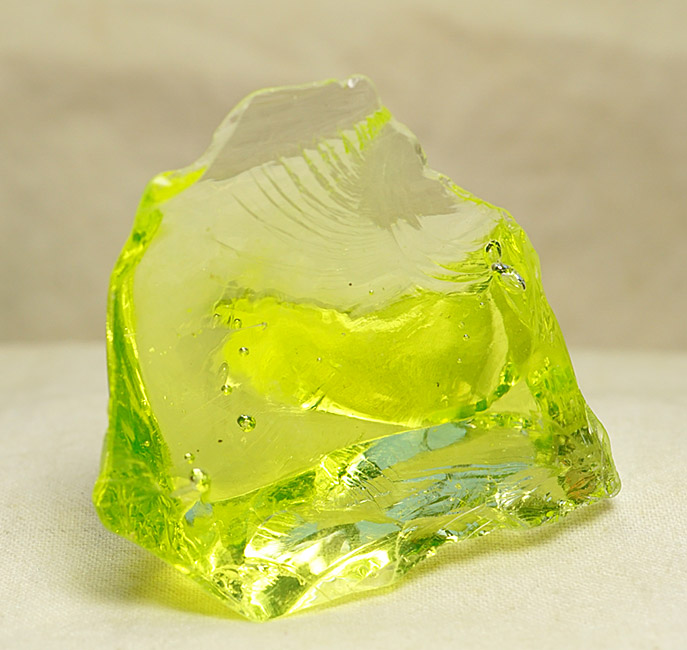

The vaseline version has a smooth saucer and the amber and blue versions have a saucer with a moulded ribbing. The vaseline version is different from the amber and blue versions. Glass, factory F, which was the old Ripley & Co.
#Green radium glass full size#
Click on any photo in this article to see a full size photo.Ĭhildren’s toy glass also has some rarities! This little CAT ON A CUSHION cup and saucer (omn: No. VICTORIAN GLASS NOVELTIES (Jo and Bob Sanford, copyright 2003) shows the clear version on pg. The Jockey Cap had previously been found in clear and amber. The Helmet butter was advertised in clear, amber and blue only. King Glass made the HELMET butter dish (that looks like a Roman Helmet) and both the Helmet and Jockey Cap have the same Daisy & Button patterns on their sides and the horizontal ridges on the front. It has all the attributes of having been made by King Glass Company (Pittsburgh, PA), but does not appear in any original literature. This butter dish is known as JOCKEY CAP butter dish. Some glass maker original catalogs also only listed a particular piece as being made in clear, amber and blue, but a few vaseline/canary versions are known to exist, thus making them even more rare. When the glass was first made, the only purpose was to add another color to the palate of glass colors available. People now check to see if a piece is really canary/vaseline glass by putting a UV blacklight to the piece, causing the glass to glow a bright neon green. Generically, canary and ‘vaseline’ glass are composed of the same colorant, depleted uranium salts (uranium dioxide), which gives that yellow-green cast. Today, canary (as it was called then) seems to command the highest prices.

Times also change: during the Victorian era, amber glass was valued as much as blue. When I refer to the (often misused) word, rare, in this article, I am referring to pieces that the advanced collector might only see for sale once or twice in 5 years, or might have seen once in a glass museum.


Some of these colored pieces have become quite rare, due to scarcity and a possible low volume of production when they were first made. This EAPG time period is now referred to as the ‘ABC’ time period. There was also a time period of about 3 or 4 years during the Victorian era when glass makers made colored glass in Amber, Blue and Canary (along with their usual colorless glass). During that time period, the word NOVELTY meant something NEW, rather than something CUTE. **Īll content (which includes all text, photography, product names, product descriptions) is All rights reserved - Woman Shops World, Inc.During the Victorian era, America loved souvenirs! These were small pieces of decorative glass that have come to be referred to as Victorian Novelties. **As many of my products come from Nepal, a portion of my proceeds will be donated to the Unicef and Americares Nepali relief efforts. Be a part of the mystery and let these beads grace you with their presence. African beads have such mystery attached to them they have been worn for decades, travelled continents, and will be around for hundreds of years into the future. They do show some chips on some of the edges, and some of the facets are worn down, but this is part of their beauty, and attests to their age. The size varies slightly as they are handmade, but they are approximately 16x12mm. Generally, these beads were traded into and around the African continent, and have become highly collectible due to their intrinsic beauty, history, and scarcity. This listing is for 5 loose beads, in the most beautiful shade of Seafoam Green I have ever seen. They are called Uranium Glass beads, as they were made with Uranium Salts. Dating back as early as 1915, these beads were made in the Czech Republic. These incredible beads are true beauties, and with history too.


 0 kommentar(er)
0 kommentar(er)
